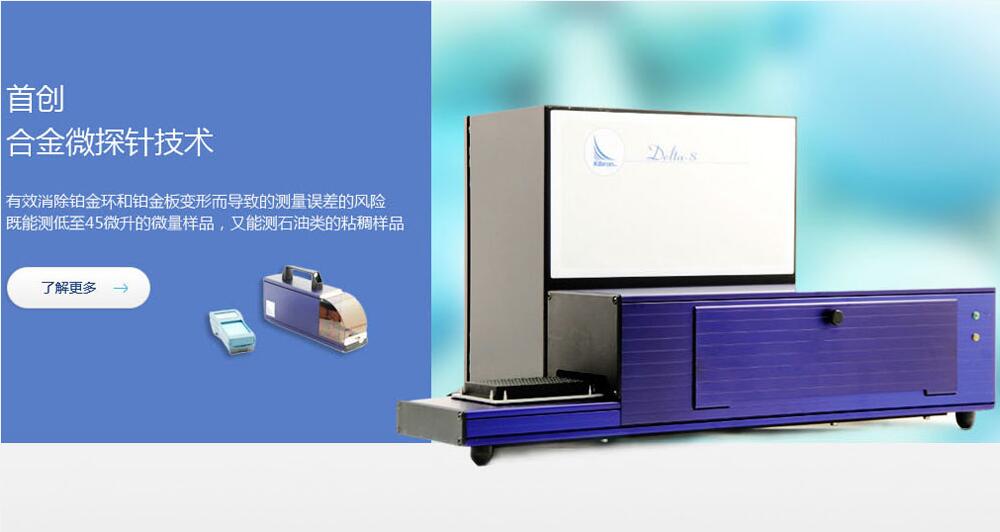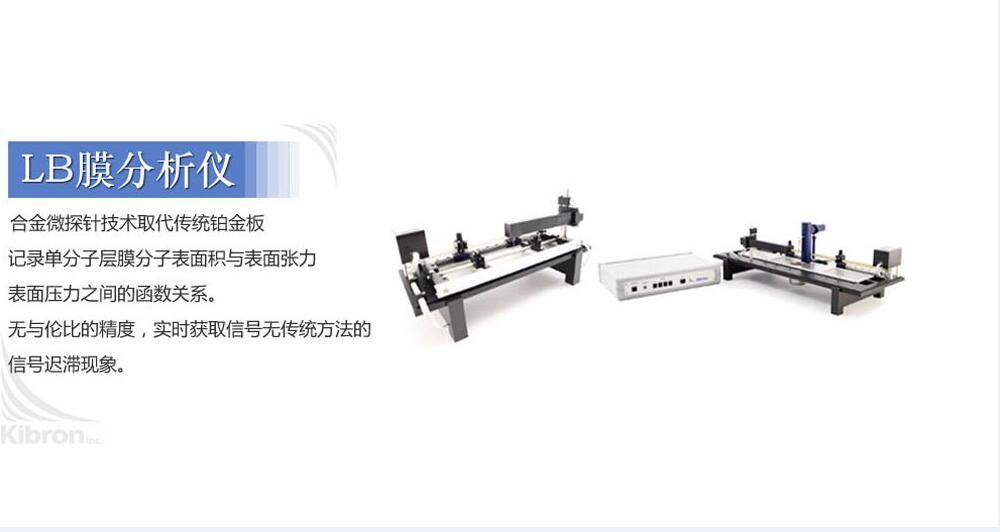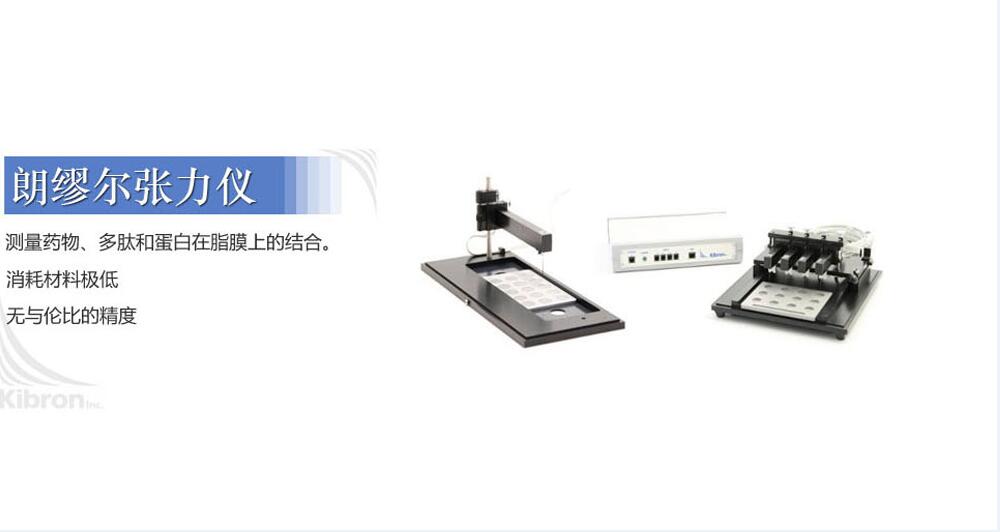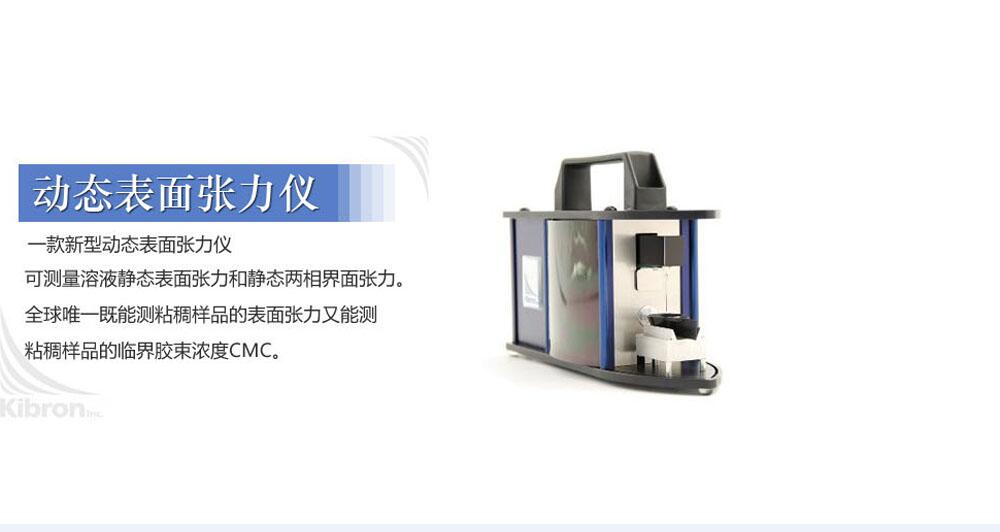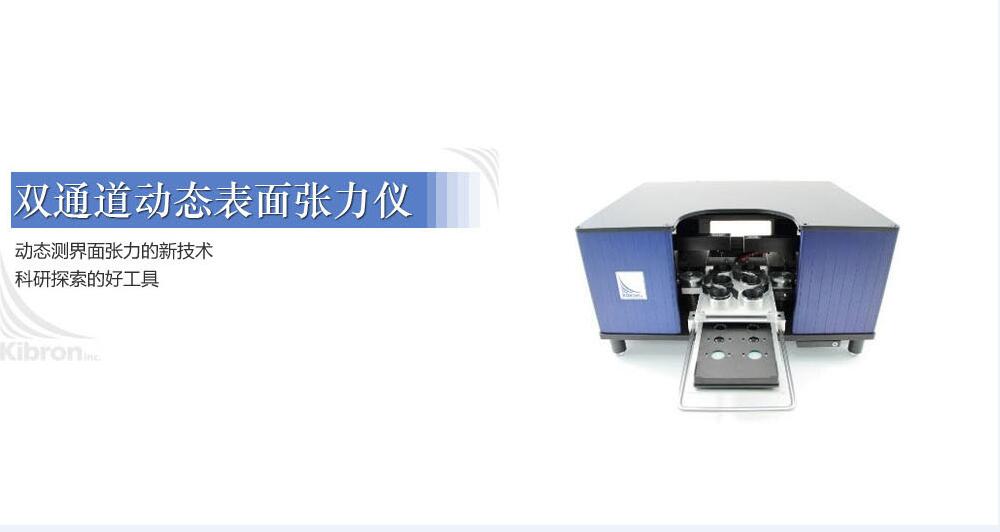合作客戶/
拜耳公司 |
同濟大學 |
聯合大學 |
美國保潔 |
美國強生 |
瑞士羅氏 |
相關新聞Info
-
> 軸對稱懸滴法表面張力實驗系統研制及二甲基亞砜/甲醇混合物表面張力實驗研究
> 氧化石蠟油水界面張力測試方法及低張力性能
> 拉脫法測量:不同性能磁性液體的磁表面張力變化規律與影響因素(二)
> 干濕循環試驗:不同表面張力下土壤裂隙的發展演化機理(二)
> 電場強度大小對表面張力、液滴鋪展變形運動的影響
> 納米TiO_2表面性質和表面活性劑對納米流體物性的影響
> 單一表面活性劑在活性劑CMT焊接中的作用機理
> 便攜式自動表面張力儀主要產品特征
> 蘋果、葡萄、?茄子、絲瓜、大豆、棉花等植物葉片臨界表面張力值是多少
> (Delta-8)橄欖油兩性表面活性劑之間的協同作用和陰離子表面活性劑——摘要、介紹、實驗部分
推薦新聞Info
表面活性劑是否對斥水性土壤的潤濕性有影響?——結論、致謝!
來源:上海謂載 瀏覽 968 次 發布時間:2021-11-09
結論
不像人工創造的穩定的驅蟲表面或多孔 介質,拒水土壤表現出潤濕動力學,由此 最初疏水的土壤隨著時間的推移變得親水 與水接觸時。 初始潤濕動力學 排斥土壤通常歸因于 固液界面能 (γSL),或液汽界面能 (γLV) 的降低,或兩者兼而有之。 γLV 的減少 建議是由于土壤表面溶解 活性有機化合物進入與水接觸的水中 土壤。 在這項研究中,我們測試了土傳表面的影響 潤濕動力學的活性物質,并發現,與廣為接受的范式相反,土壤釋放表面 活性化合物不會加速潤濕過程。 因此很明顯,固體界面能的變化 表面(γSL 或 γSV),而不是液汽 表面 (γLV) 必須在驅動不穩定排斥性土壤的潤濕動力學方面起主導作用。
致謝
本研究由以色列農業部資助 和農村發展,資助號 821-0088-04。
參考
Barrett, G. & Slaymaker, O. 1989. Identification, characterization, and hydrological implications of water repellency in mountain soils, southern British-Columbia. Catena, 16, 477–489.
Bisdom, E.B.A., Dekker, L.W. & Schoute, J.F.T. 1993. Water repellency of sieve fractions from sandy soils and relationships with organic material and soil structure. Geoderma, 56, 105–118.
Chen, Y. & Schnitzer, M. 1978. Surface-tension of aqueous-solutions of soil humic substances. Soil Science, 125, 7–15.
Dekker, L.W., Oostindie, K. & Ritsema, C.J. 2005. Exponential increase of publications related to soil water repellency. Australian Journal of Soil Research, 43, 403–441.
Dinar, E., Taraniuk, I., Graber, E.R., Katsman, S., Moise, T., Anttila, T. et al. 2006. Cloud condensation nuclei properties of model and atmospheric HULIS. Atmospheric Chemistry and Physics, 6, 2465–2481.
Doerr, S.H., Shakesby, R.A. & Walsh, R.P.D. 2000. Soil water repellency: its causes, characteristics and hydro-geomorphological significance. Earth-Science Reviews, 51, 33–65.
Doerr, S.H., Dekker, L.W., Ritsema, C.J., Shakesby, R.A. & Bryant, R. 2002. Water repellency of soils: the influence of ambient relative humidity. Soil Science Society of America Journal, 66, 401–405.
Ellerbrock, R.H., Gerke, H.H., Bachmann, J. & Goebel, M.O. 2005. Composition of organic matter fractions for explaining wettability of three forest soils. Soil Science Society of America Journal, 69, 57–66.
Feng, G.L., Letey, J. & Wu, L. 2002. The influence of two surfactants on infiltration into a water-repellent soil. Soil Science Society of America Journal, 66, 361–367.
Gee, G.W. & Bauder, J.W. 1986. Particle-size analysis. In: Methods of Soil Analysis. Part 1. Monograph No 9 (ed. A. Klute), pp. 383–411.
American Society of Agronomy, Madison, WI. Graber, E.R., Ben-Arie, O. & Wallach, R. 2006. Effect of sample disturbance on soil water repellency determination in sandy soils. Geoderma, 136, 11–19.
Hurrass, J. & Schaumann, G.E. 2006. Properties of soil organic matter and aqueous extracts of actually water repellent and wettable soil samples. Geoderma, 132, 222–239.
Letey, J. 1969. Measurement of contact angle, water drop penetration time, and critical surface tension. In: Proceedings of the Symposium on Water Repellent Soils 6–8 May 1968 (eds L.F. DeBano & J.F. Letey), pp. 43–47. University of California, Riverside, CA. Letey, J., Carrillo, M.L.K. & Pang, X.P. 2000. Approaches to characterize the degree of water repellency. Journal of Hydrology, 231–232, 61–65.
Ma'shum, M. & Farmer, V.C. 1985. Origin and assessment of water repellency of a sandy South Australian soil. Australian Journal of Soil Research, 23, 623–626.
Roy, J.L. & McGill, W.B. 2002. Assessing soil water repellency using the molarity of ethanol droplet (MED) test. Soil Science, 167, 83–97.
Tschapek, M. 1984. Criteria for determining the hydrophilicityhydrophobicity of soils. Zeitschrift fu¨r Pflanzenerna¨hrung und Bodenkunde, 147, 137–149.
Walkley, A. & Black, I.A. 1934. An examination of the Degtjareff method for determining soil organic matter and a proposed modifi- cation of the chromic acid titration method. Soil Science, 37, 29–38. Wallach, R. & Graber, E.R. 2007. Effluent irrigation-induced soil water repellency: time dependent variation of infiltration rate and of water repellency at different levels of ambient relative humidity. Hydrological Processes, 21, 2346–2355.
Wallach, R., Ben-Arie, O. & Graber, E.R. 2005. Soil water repellency induced by long-term irrigation with treated sewage effluent. Journal of Environmental Quality, 34, 1910–1920.
Wallis, M.G. & Horne, D.J. 1992. Soil water repellency. Advances in Soil Science, 20, 91–140.
